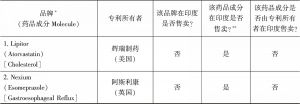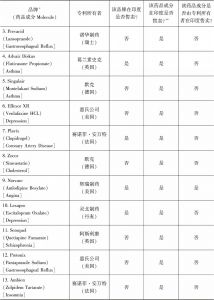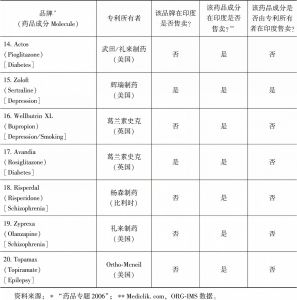论文
创新、知识产权与发展:面向21世纪的改良战略
摘要
创建于20世纪并左右当今发达产业国家增长的经济制度和法律,在治理全球经济活动时愈加乏力。自采用“与贸易相关的知识产权协议”以来,世界贸易组织的知识产权条款愈加不能契合发展中国家的需求,并且过分服务于发达国家的公司利益。在发达国家,知识产权设计变得越来越不合理,导致了对创新的压制、对创新方向的扭曲、创新所带来的福利的减少。专利丛林、专利流氓和专利常青化等相关问题已有大量记载。知识公地在减少,甚至公共资助和推动的创新成果也被私有化了,因此降低了平等和效率。知识产权需要在全球范围内做出重大调整。发展中国家的总体政策应倾向于较少的知识产权限制,而不应是现在这样较多的知识产权限制。
检索正文关键字
论文目录
- 一 引言
-
二 知识产权的基本逻辑和替代方案
- (一)资助机制的优缺点
- 1.直接资助——集中机制
- 2.直接资助——分散机制
- 3.专利奖励资助——集中机制
- 4.专利奖励资助——分散机制
- (二)规则和设计
- (三)各种支持机制的结合
- (四)简要回顾
- (一)资助机制的优缺点
- 三 知识产权和发展中国家
- 四 国际知识产权制度的现有弊端
-
五 知识产权制度、发展和社会福利
- (一)农业
- (二)气候变化
- (三)教育
-
六 全球知识产权制度及其对发展的影响
- (一)利用现行制度的既有灵活性
- (二)利用既有的本国专利法阻止弱专利并尽可能挑战专利
- (三)推动替代性机制
- (四)推动补偿责任制(compensatory liability regimes)
- (五)推动知识公地的发展
- (六)限制将关键创新作为专利
- (七)保持“公共资助型创新”的公共属性
- 七 结论
相关文献
查看更多>>>




